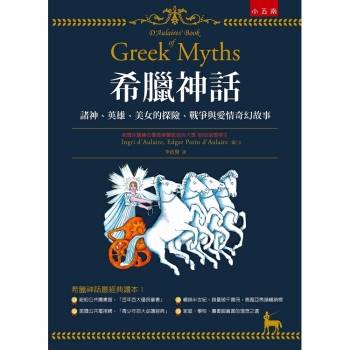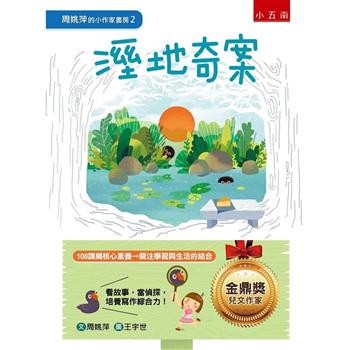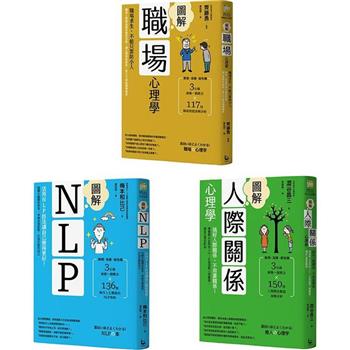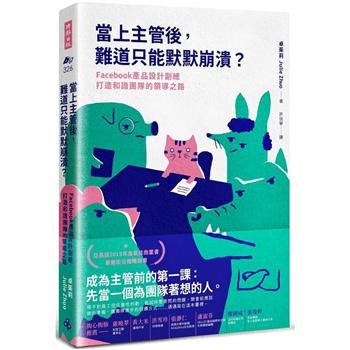Nanoencapsulation in this regard could be a promising approach to address these problems, since the process can increase the stability of EOs/bioactive constituents, barricades their loss and considerably prevent their interaction with food matrices, thus preserving their original organoleptic qualities. The aim of this review is to provide wider and up-to-date overview on recent advances in nanoencapsulation of EOs/bioactive constituents with the objective to control mycotoxin contamination in food system. Further, the information on polymer characteristics, nanoencapsulation techniques, factors affecting the nanoencapsulation, applications of nanoencapsulated formulations, and characterization along with the study on their release kinetics and impacts on organoleptic attributes of food are discussed. Finally, the safety aspects of nanoencapsulated formulations for their safe utilization are also explored. One of the global challenges faced by the agriculture sector is the sustainable food production for the rapidly growing human population to 9.7 billion by the 2050 (FAO, 2017).
| FindBook |
有 1 項符合
Essential oils toxins Nanoencapsulations and insects control的圖書 |
 |
Essential oils toxins Nanoencapsulations and insects control 作者:Sabbour 出版社:LAP Lambert Academic Publishing 出版日期:2024-09-09 語言:英文 規格:平裝 / 112頁 / 22.86 x 15.24 x 0.69 cm / 普通級/ 初版 |
| 圖書館借閱 |
| 國家圖書館 | 全國圖書書目資訊網 | 國立公共資訊圖書館 | 電子書服務平台 | MetaCat 跨館整合查詢 |
| 臺北市立圖書館 | 新北市立圖書館 | 基隆市公共圖書館 | 桃園市立圖書館 | 新竹縣公共圖書館 |
| 苗栗縣立圖書館 | 臺中市立圖書館 | 彰化縣公共圖書館 | 南投縣文化局 | 雲林縣公共圖書館 |
| 嘉義縣圖書館 | 臺南市立圖書館 | 高雄市立圖書館 | 屏東縣公共圖書館 | 宜蘭縣公共圖書館 |
| 花蓮縣文化局 | 臺東縣文化處 |
|
|
圖書介紹 - 資料來源:博客來 評分:
圖書名稱:Essential oils toxins Nanoencapsulations and insects control
|











